This website uses cookies to ensure correct website functioning and to improve your experience. For more information, please see our Cookie policy .
ALL ABOUT DRONES IN ONE PLACE
Here you will find everything you need for your first flight with a drone, as well as a lot of information that will be useful to you, how to start flying in the first place. In short video content, you can see step by step how to start using your new drone and the rules and instructions for flying in the Open category.
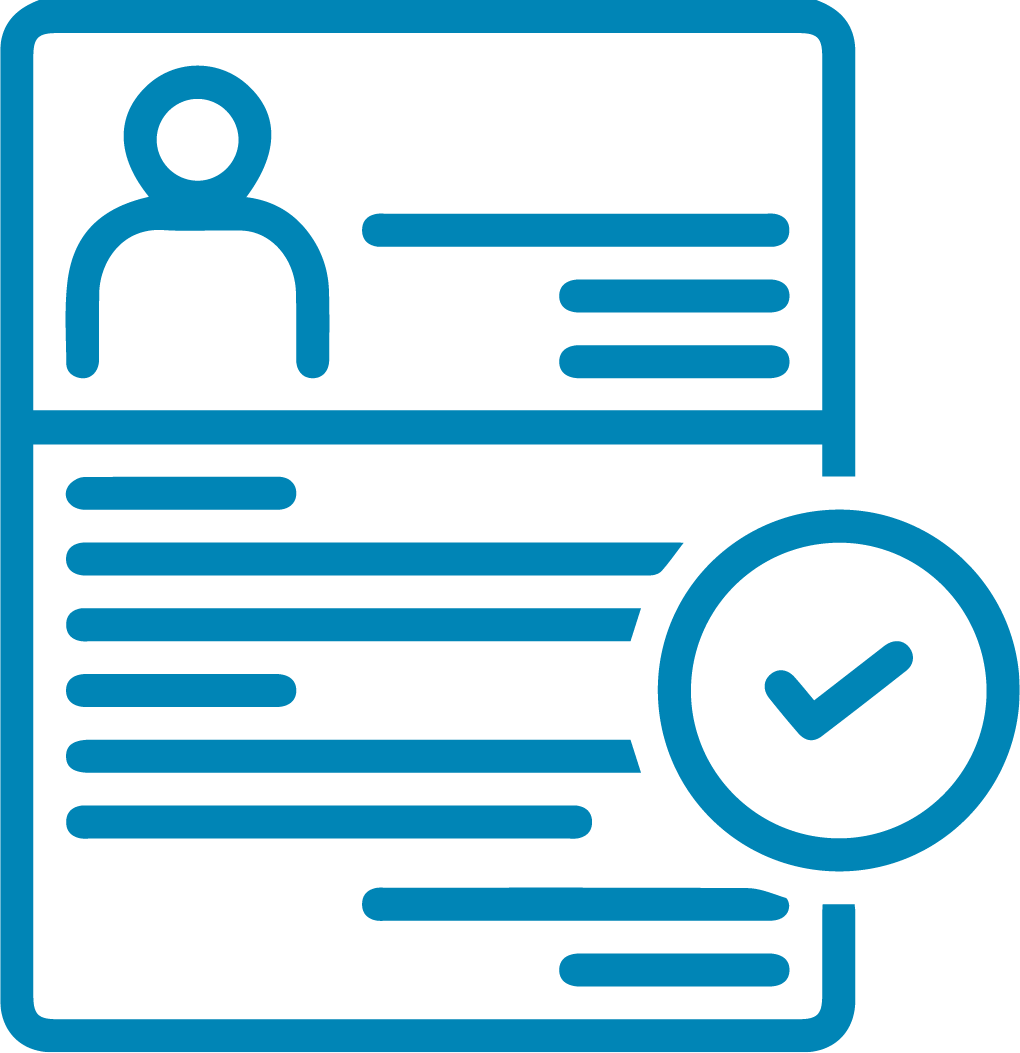
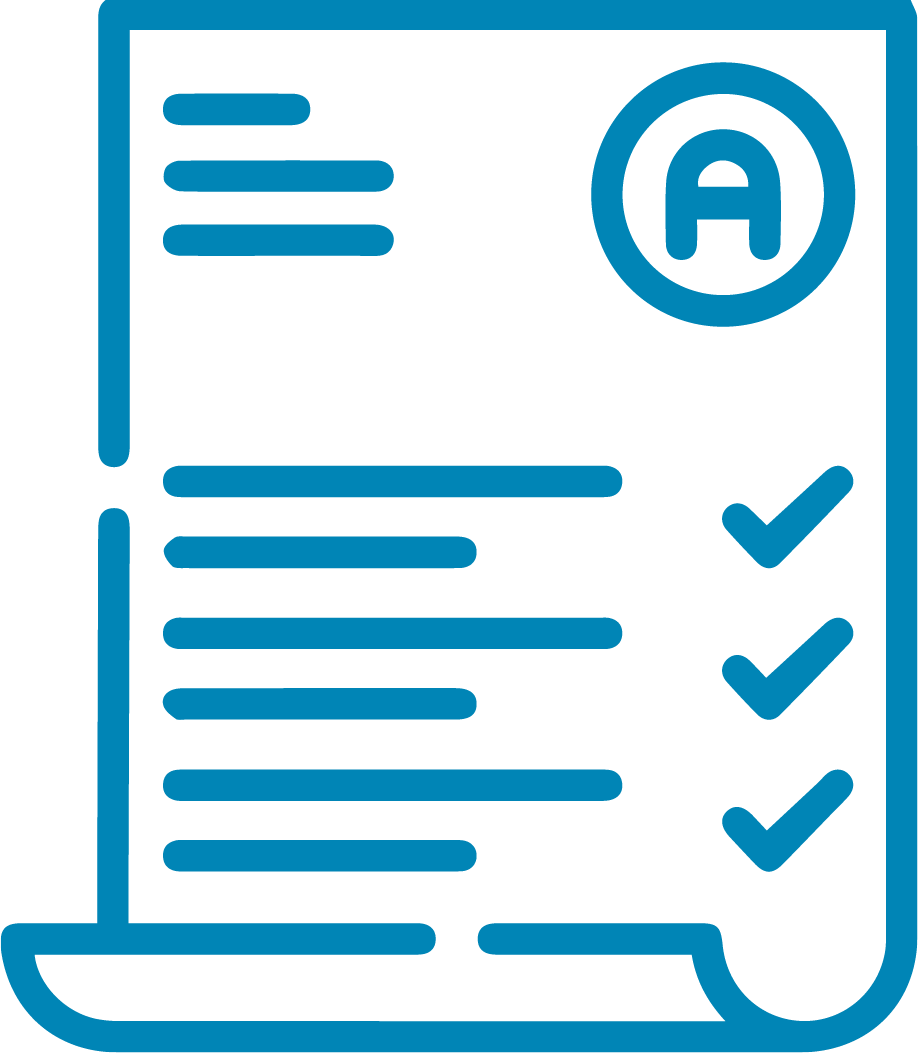
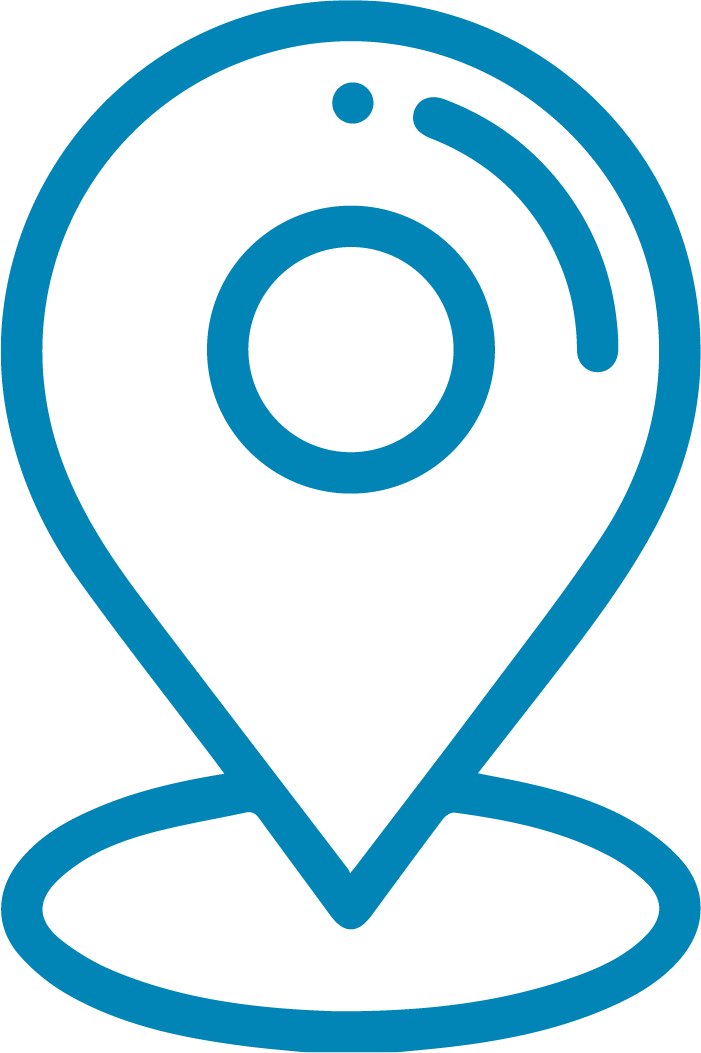
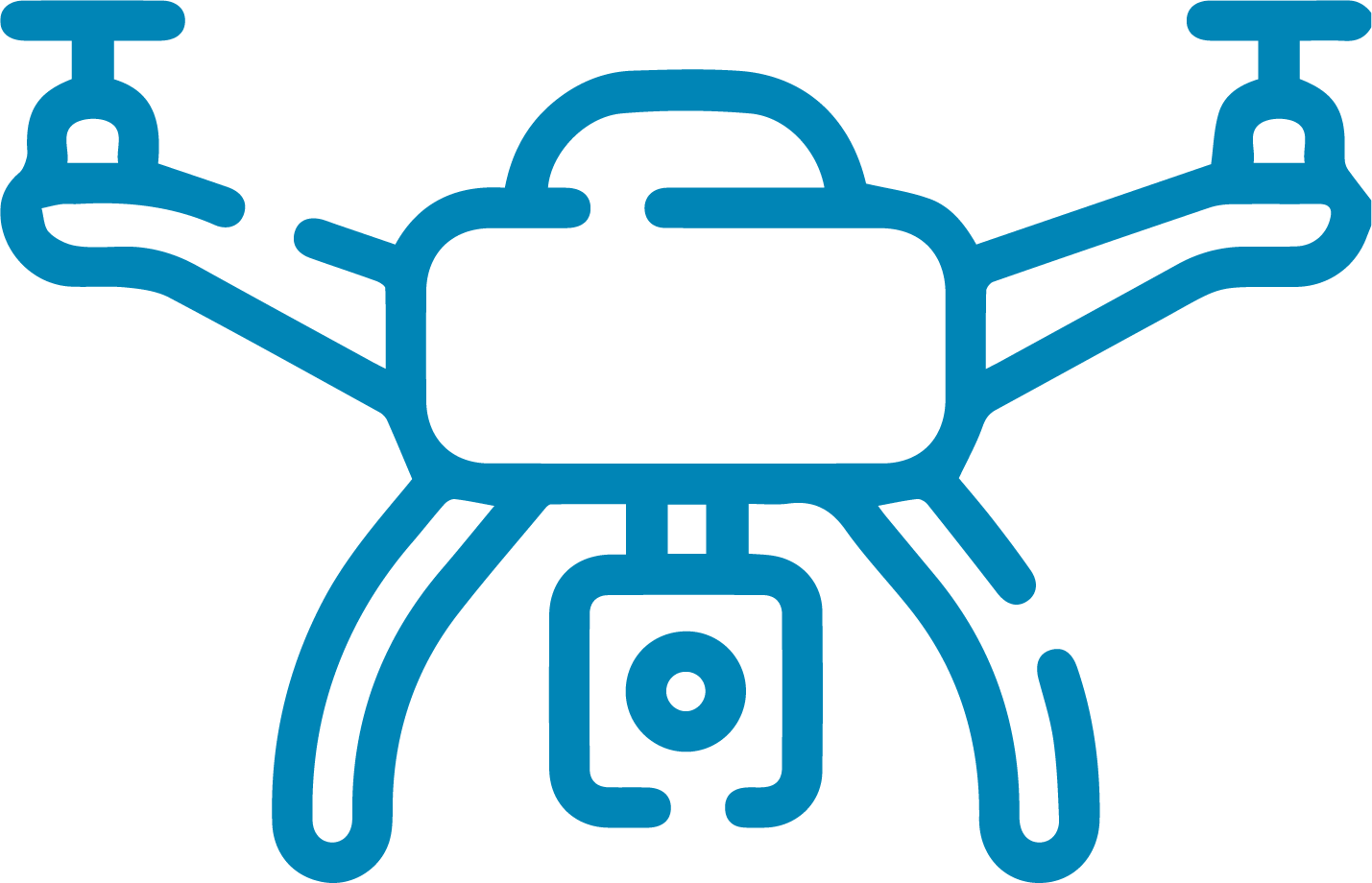
I BOUGHT A DRONE, NOW WHAT?
1. Mandatory registration and training
If the drone has a built-in camera (regardless of its weight), you must register as an operator on the website of the Civil Aviation Agency. If in yours to the family unmanned aircraft uses more family ones members it is enough registration one family member like the operator.
Where can I register? The link for registration on the website of the Civil Aviation Agency is here: https://www.caa.si/registracija-in-usposabljanje-a1a3.html .
To register, you will need a qualified digital certificate, a recent ID card or another form of digital identification (as described in the instructions on the website). Registration is a paid service (40 euros), is valid for 30 months and is valid throughout the EU.
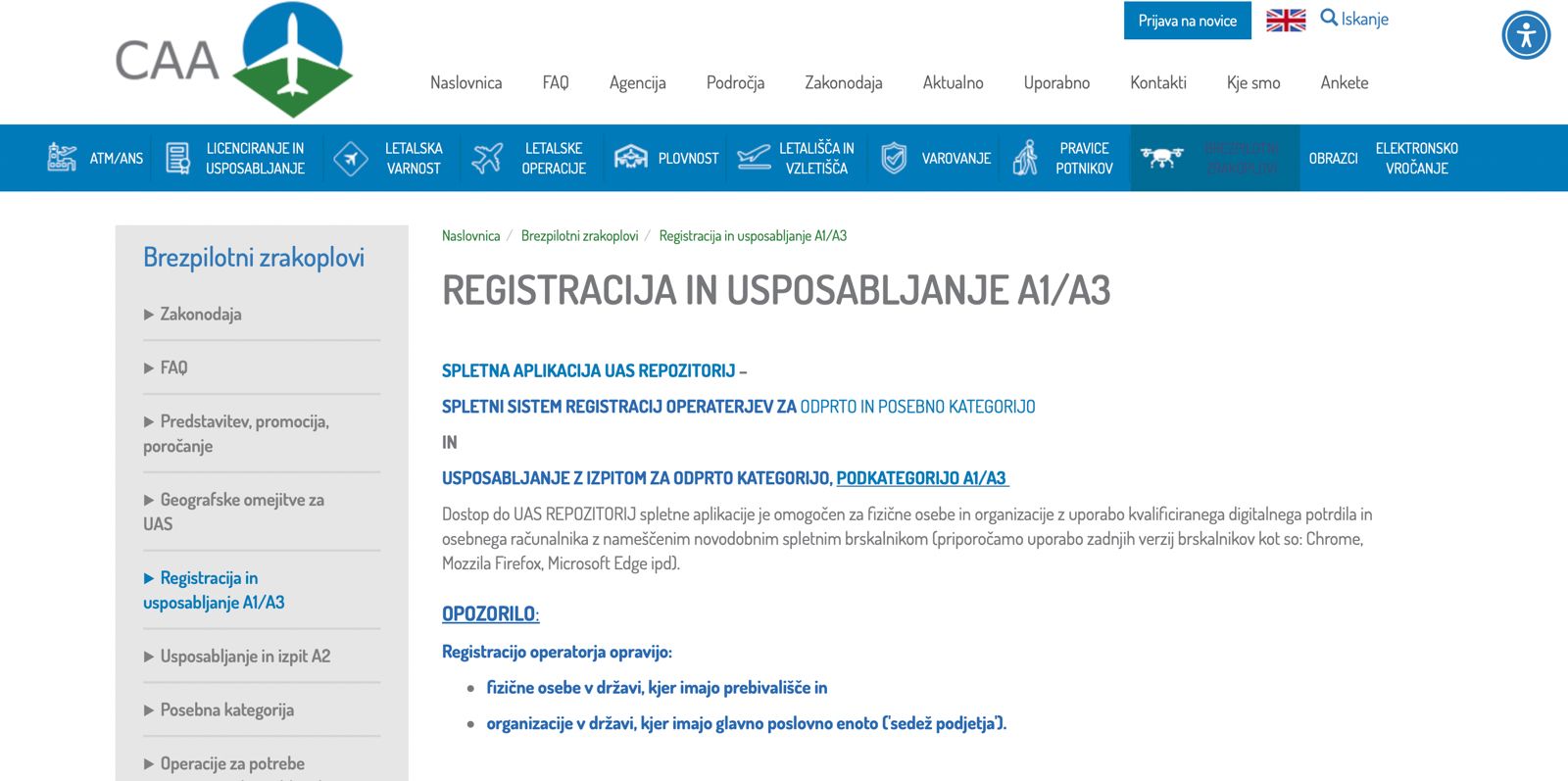
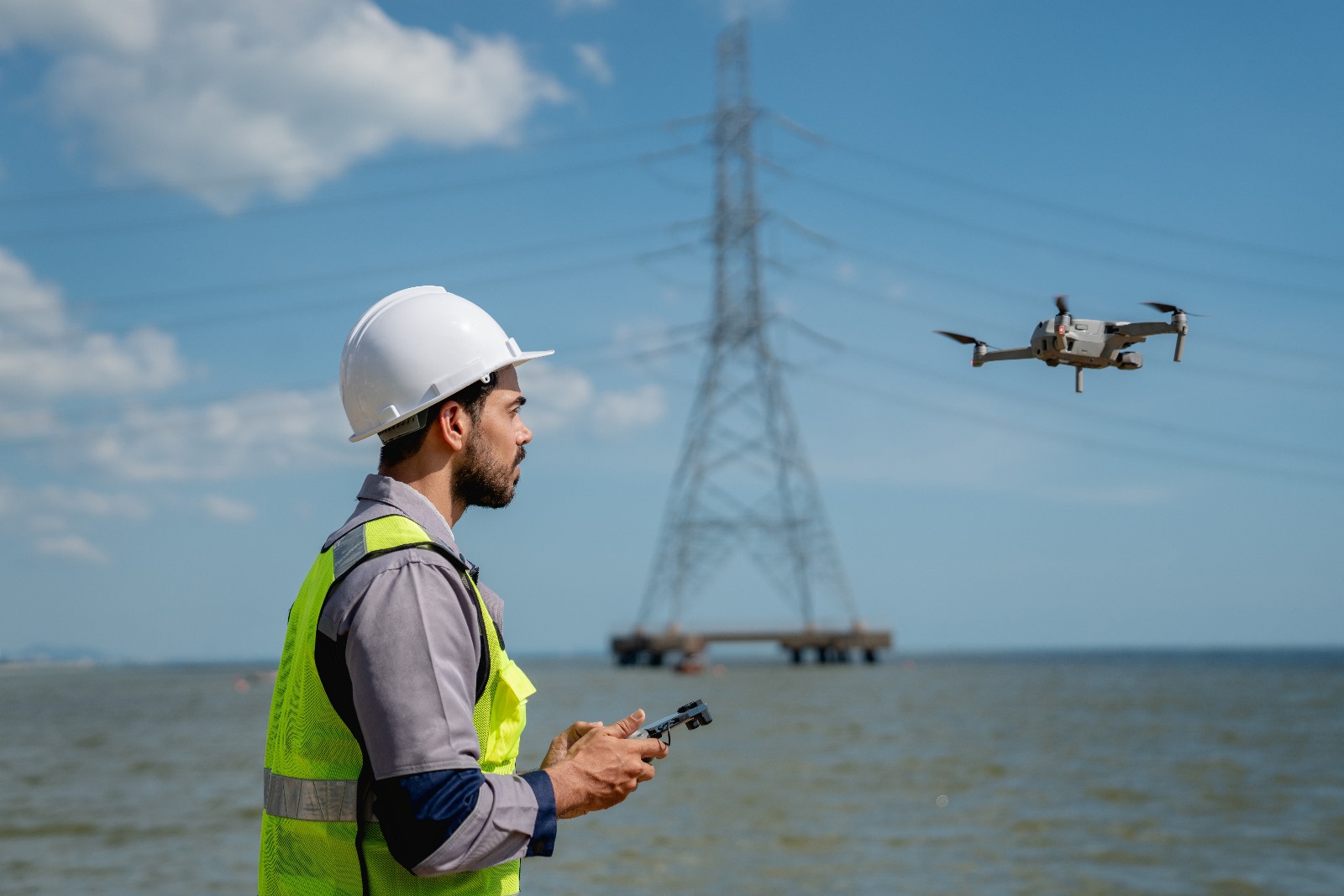
2. Exam
For all registered unmanned aircraft with a weight of less than 250g, registration is sufficient and an exam is not required, but of course all the rules that you must know and follow apply to them.
For unmanned aircraft with a mass of 250g to 25kg, online training with an online knowledge test for categories A1/A3 is mandatory. You can do both for free on the websites of the Civil Aviation Agency. The link for taking the A1/A3 exam can be found on the website of the Civil Aviation Agency here: https://www.caa.si/registracija-in-usposabljanje-a1a3.html
3. Check where you are flying
Before flying , be sure to check the restrictions that apply in the area where you intend to fly.
S by clicking on map geographicalthem areas on online pages Agencies for civilian aviation you you will informed with restrictions, which are valid on the chosen one place.
Prohibition of flying over a built-up area:
In the open category of activities, flying drones over built-up areas is prohibited. Operators who need to fly over built-up areas in order to carry out their activities must obtain an operating permit for carrying out activities in a special category.
Requirements for flying over a built-up area:
Even in the open category, it is exceptionally permitted to fly over a built-up area, if you meet all the above conditions: – the unmanned aircraft system does not exceed a mass of 1200 grams,
– the operation is carried out up to a height of 50 meters above the ground (AGL),
– the operation is performed exclusively during the day,
– the operator obtains the approval of the owner or user of the property over which the flight is being carried out, and
– the operator submits a preliminary announcement in accordance with the instructions of the Civil Aviation Agency.
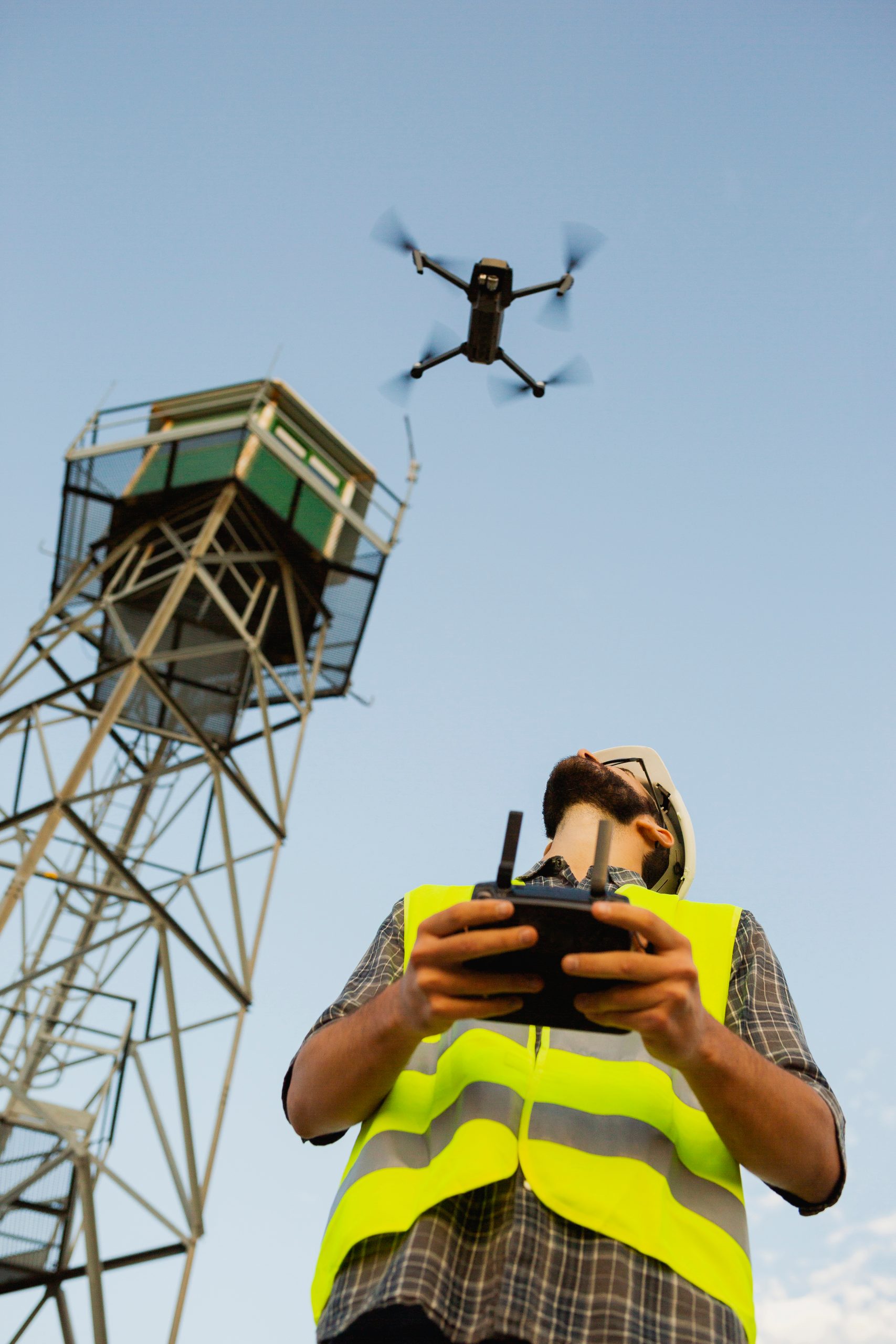
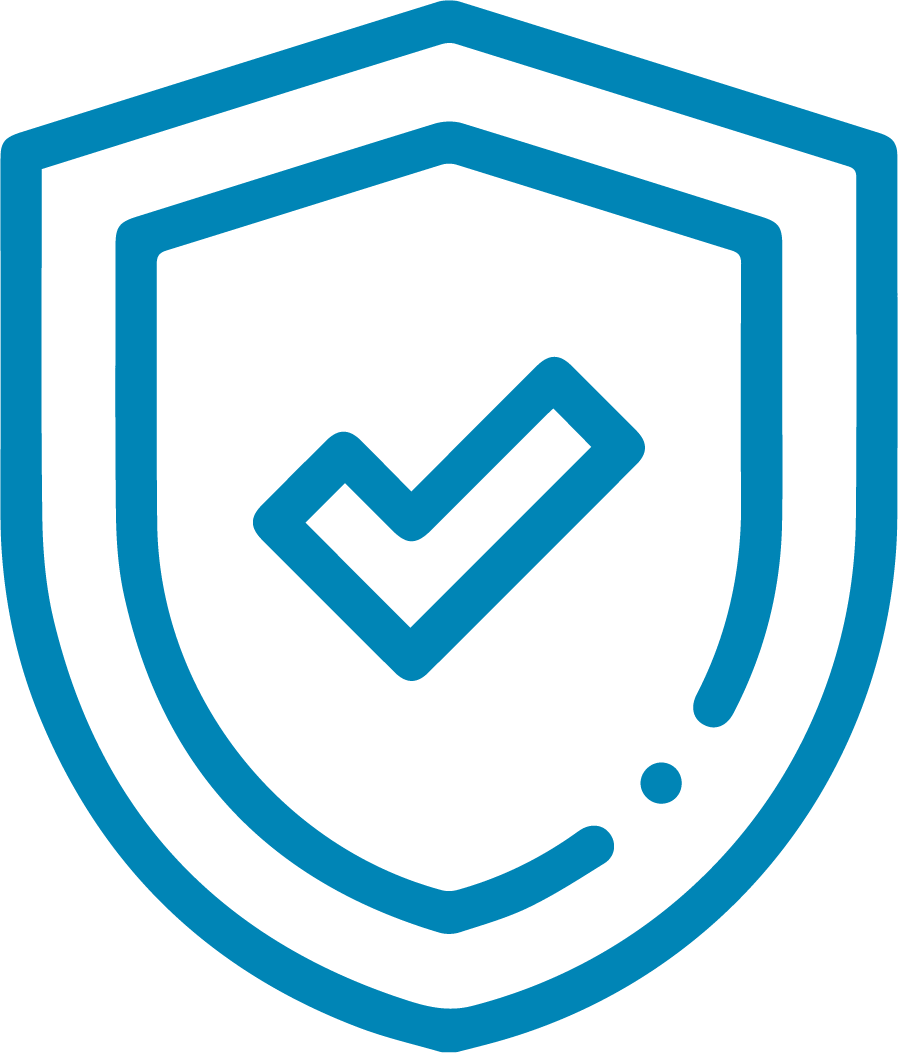
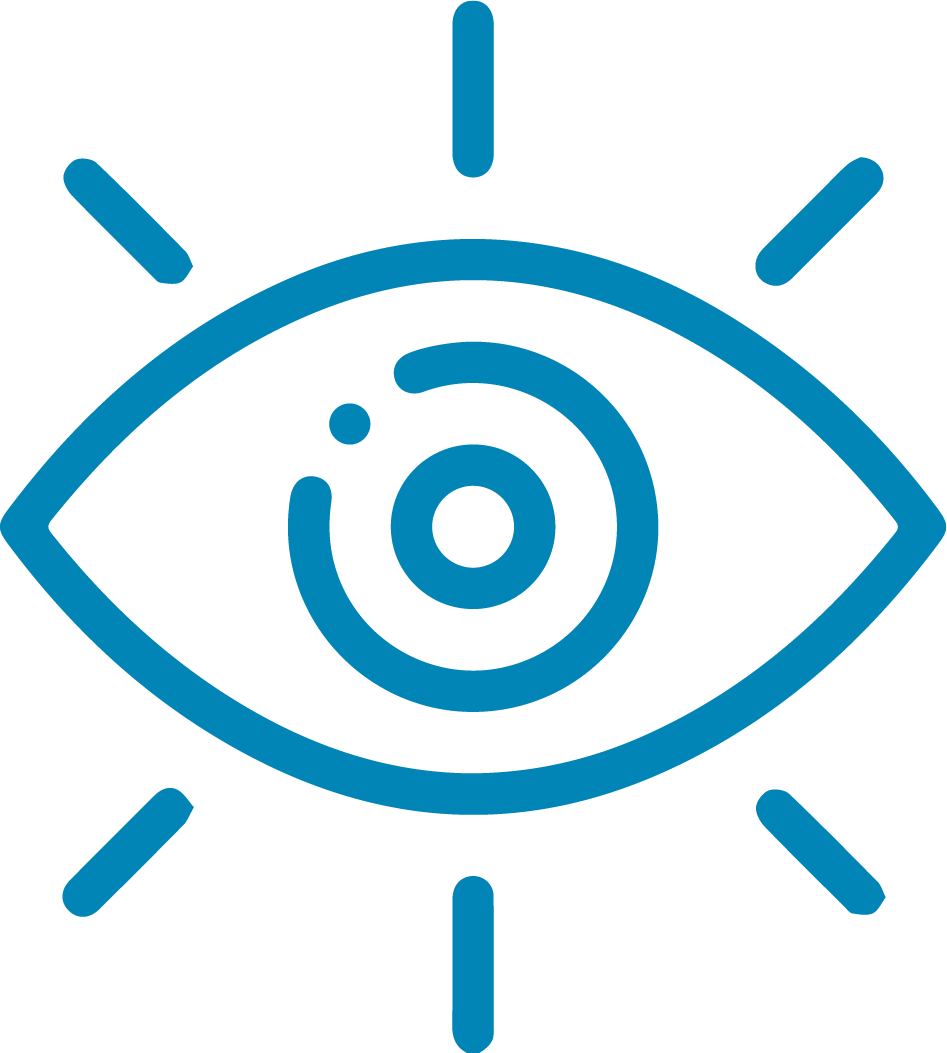
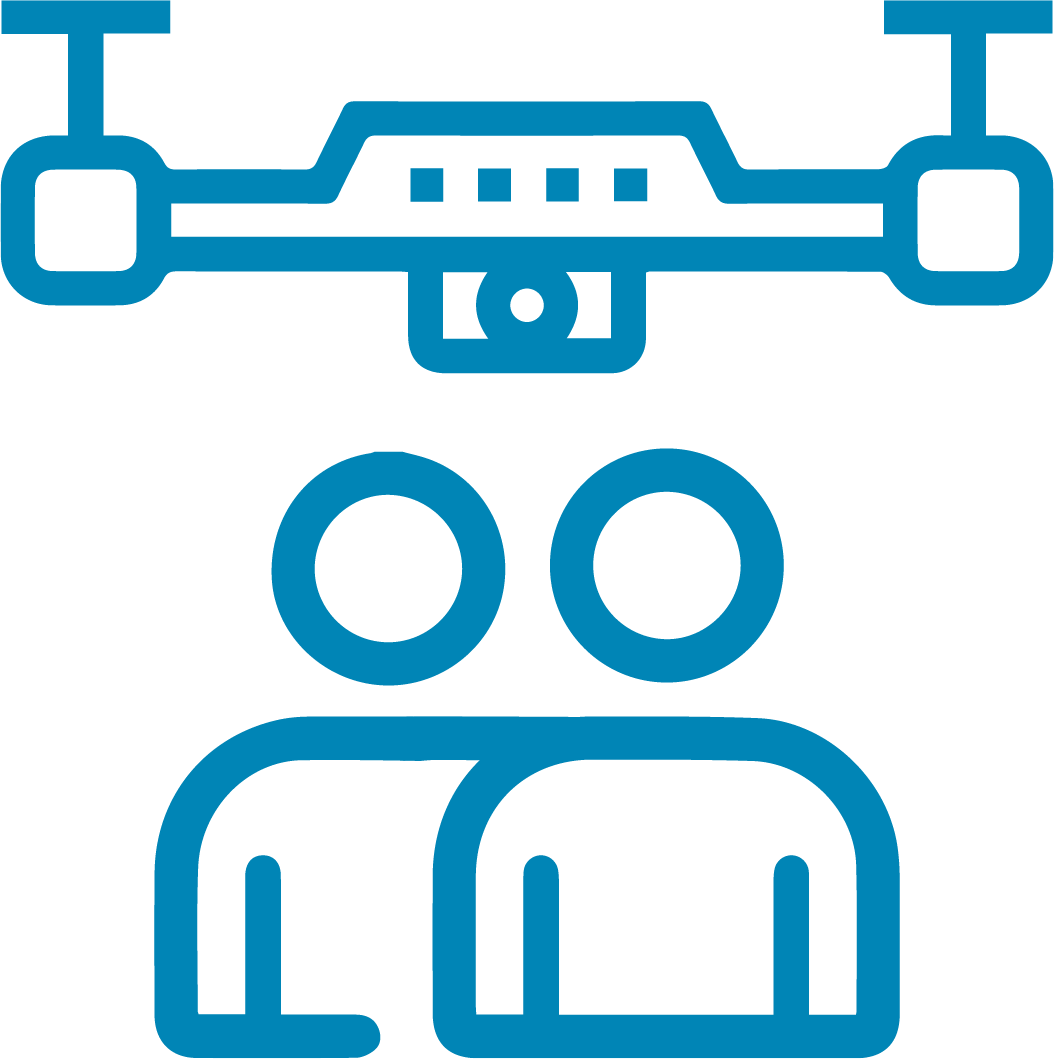

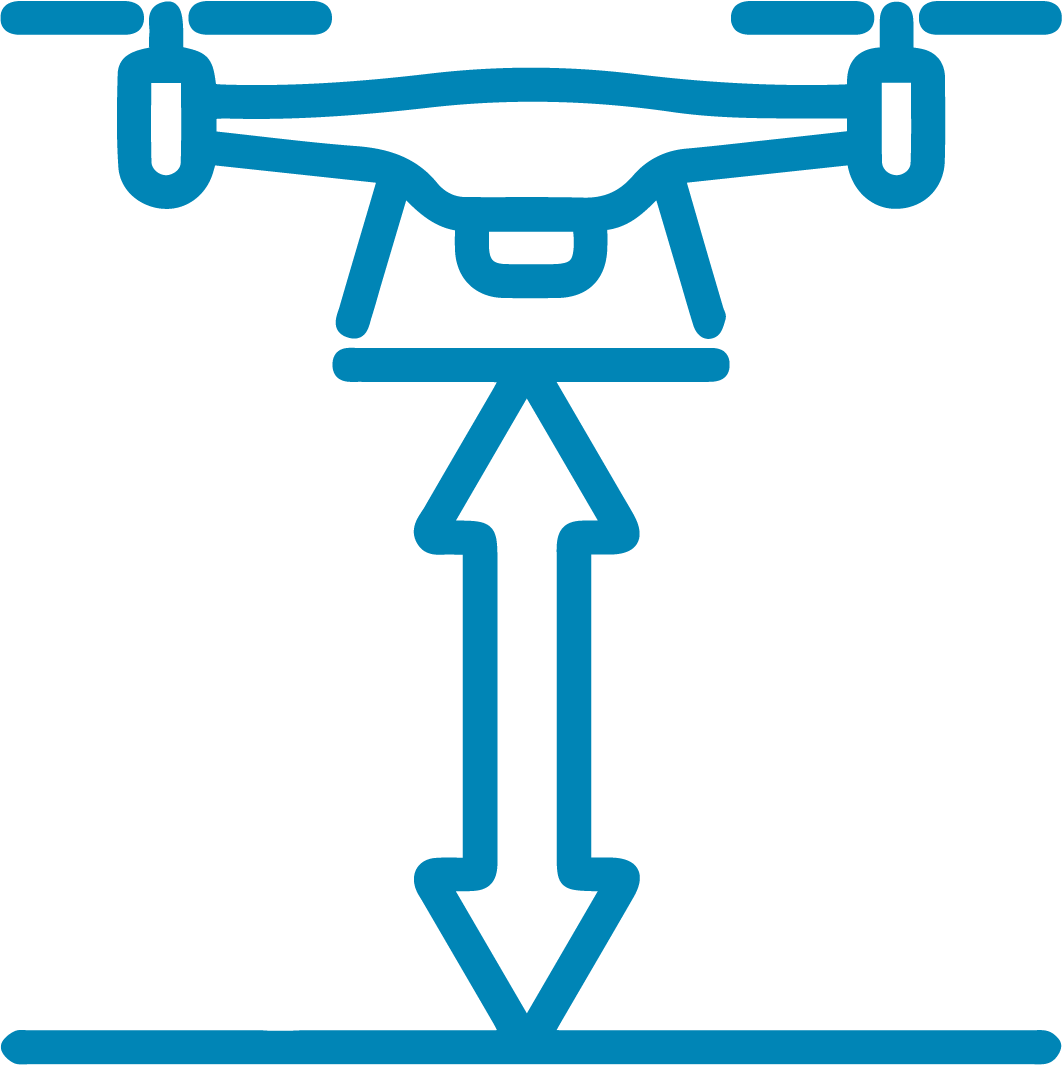
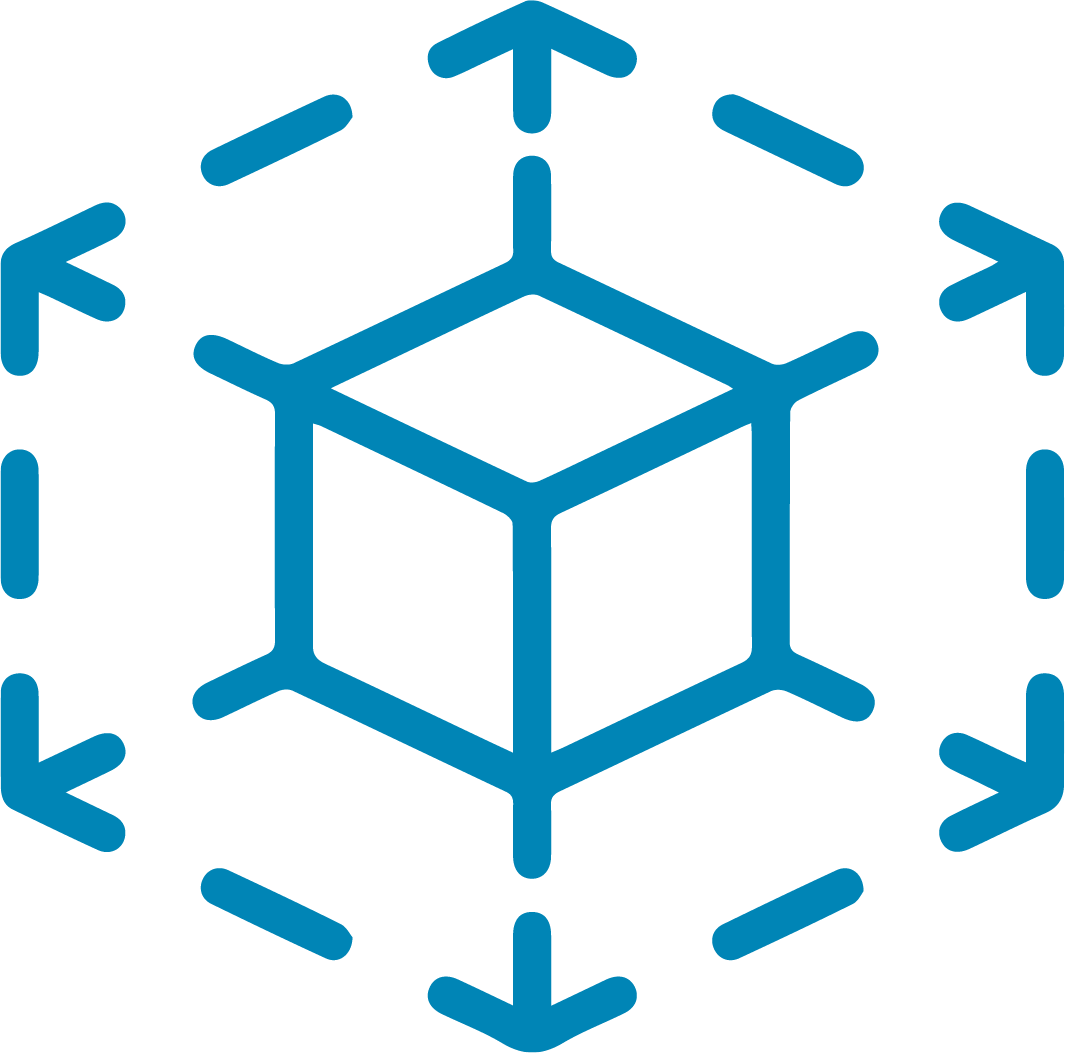
Video content
The use of drones in practice
OPEN VS SPECIAL CATEGORY
Open category
The open category includes drones whose maximum take-off weight is less than 25 kilograms.
V this one categories the pilot must on far away aircraft manage on safe distance from people, aircraft but it has to to be always in I can see field the pilot, except when years in way monitoring the pilot or him it helps an observer. The biggest allowed height years is 120 meters from the closest points on earthly surface, except when fly by an obstacle.
Dron ne may transport dangerous substances or dispose of any materials .
Registration and acquisition necessary doljenj for implementation activities in open categories it is fast and simple, therefore it is accessible also to everyone amateur to users.
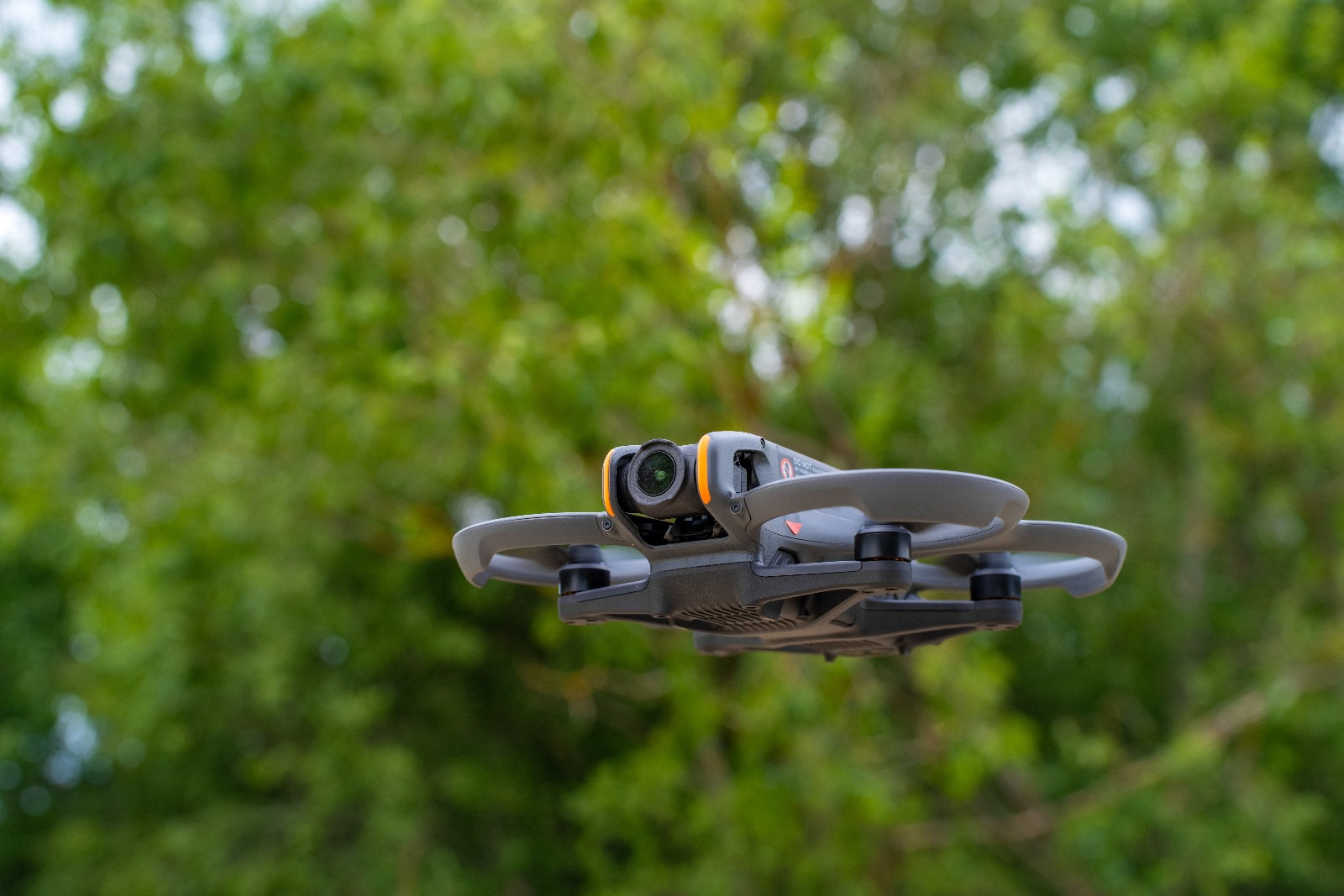
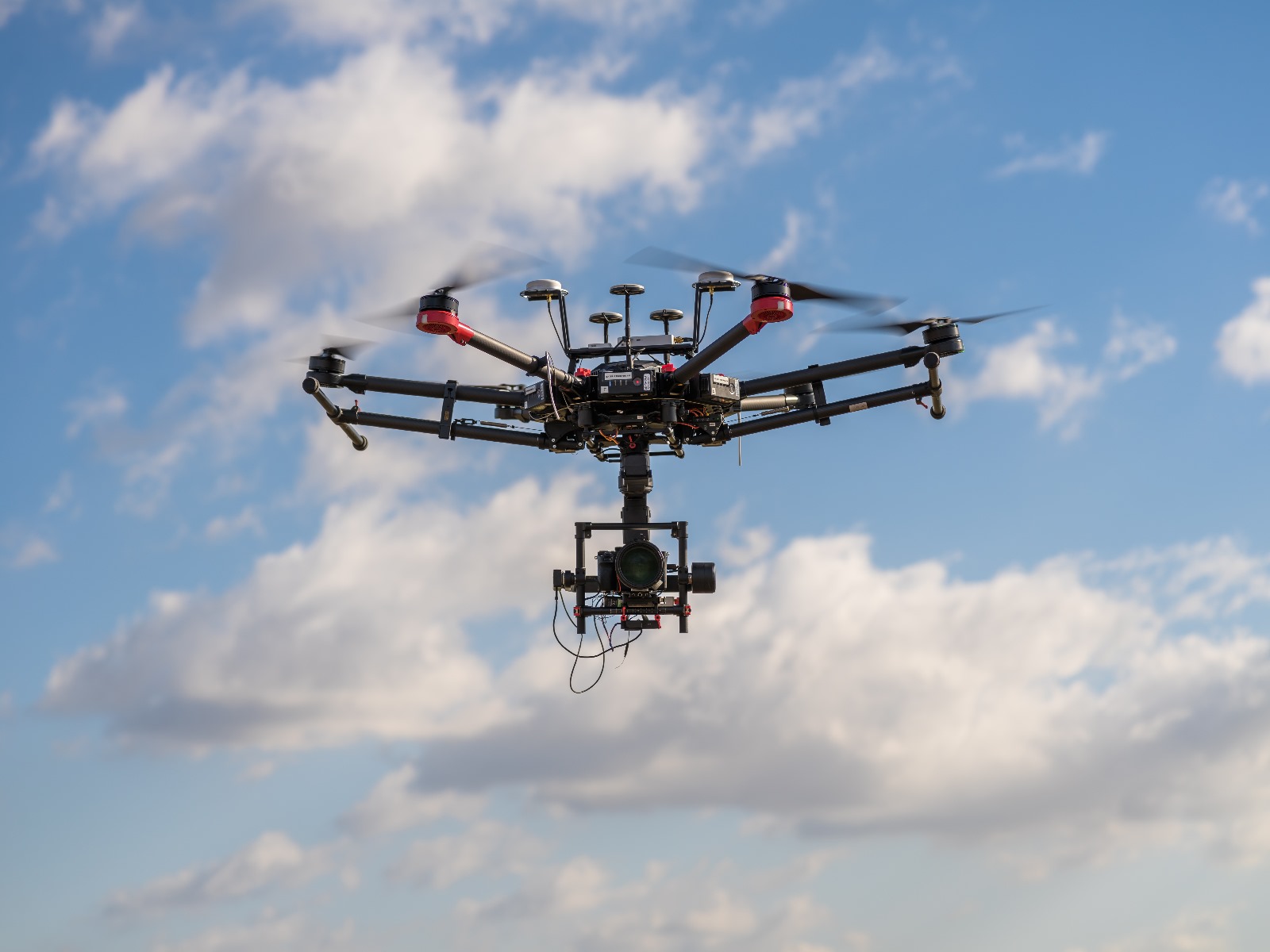
Special category
The special category includes all operations with unmanned aircraft systems that exceed the limitations of the open category.
Business users who use unmanned aircraft systems to carry out their activities quickly encounter the limitations of the open category, as many operations cannot be performed within the limits of the open category. They are most commonly encountered with built-up area restrictions, prescribed clearances from people, line-of-sight flight restrictions, or flying in areas where open category operations are prohibited.
In the special category, with the appropriate training of personnel and the implementation of approved operating procedures, almost all tasks that are prohibited in the open category can be performed.
Video content
Open category



All courses
FAQ
Operator registration is mandatory for all drones with a weight over 250g and even those with a weight of up to 250g that have a built-in camera. The operator is the person or company responsible for working with the drone. Register on the website of the Civil Aviation Agency: https://www.caa.si/registracija-in-usposabljanje-a1a3.html
You do not need an exam for drones weighing up to 250g, but you must also follow the rules of flight with them. An exam is mandatory for drones weighing more than 250g. Take the basic exam on the website of the Civil Aviation Agency: https://www.caa.si/registracija-in-usposabljanje-a1a3.html
People who are at least 16 years old can operate the drone independently. Younger people can operate the drone under the supervision of a person who meets the conditions for independent drone operation.
The categories of performing operations differ according to the risk that the operation represents. The open category of performing operations is intended primarily for amateur users. Due to the low risk of performing operations, the entry conditions (registration+exam) are very simple. A special category of operations is intended for business users who carry out operations with a higher level of risk. In the special category, higher pilot qualification, drones with prescribed technical characteristics and precisely defined operational procedures are required.
– To use a drone in the open category, operator registration is mandatory – If you use a drone with a mass of more than 250g, a pilot exam is mandatory – It is mandatory to fly in the field of vision of the pilot at a distance – Flying is allowed at a height of no more than 120m above the terrain – The weight of the drone is limited to maximum 25Kg – The restrictions of geographical areas must be taken into account – Depending on the weight and C mark on the drone, additional restrictions apply to one of the subcategories (A1, A2, A3) – Flying over built-up areas in Slovenia is very limited for drones in the open category.
By clicking on the map of geographical areas, you can familiarize yourself with the restrictions of the area over which you intend to fly: https://www.caa.si/geografske-omejitve-za-uas.html
As a registered operator in the open category, you can fly over a built-up area if all the following conditions are met: – Obtain permission from the owner or manager of the land over which you are flying – Announce the flight in time to the Civil Aviation Agency – Fly during the day – Fly at a height of up to 50m above the terrain
For all drones weighing up to 250g that have a built-in camera (including the DJI MINI), operator registration is mandatory, which you can do on the website of the Civil Aviation Agency: https://www.caa.si/registracija-in-usposabljanje-a1a3 .html A remote pilot test is not required, but you must comply with all flight rules for subcategory A1 to 250G in the open category. Above all, you must take into account the limits of geographical areas, which you can find on the map on the website of the Civil Aviation Agency: https://www.caa.si/geografske-omejitve-za-uas.html
Liability insurance for drones weighing up to 20 kg is not mandatory, but is recommended.
Uniform rules apply throughout the EASA area (Extended EU Area): – Implementation of Commission Regulation (EU) 2019/947 on rules and procedures for the management of unmanned aircraft: https://eur-lex.europa.eu/legal-content/SL/ TXT/HTML/?uri=CELEX:32019R0947 – Commission Delegated Regulation (EU) 2019/945 on unmanned aircraft systems and third-country operators of unmanned aircraft systems: https://eur-lex.europa.eu/legal-content/SL /TXT/HTML/?uri=CELEX:32019R0945 – Collected rules with acceptable methods of coordination and guidelines (Easy Access Rules): https://www.easa.europa.eu/en/document-library/easy-access-rules/ easy-access-rules-unmanned-aircraft-systems-regulations-eu The following also applies in Slovenia: – Regulation on the implementation of the implementing regulation of the Commission (EU) on rules and procedures for the management of unmanned aircraft: https://pisrs.si/pregledPredpisa? id=RED8703
– General EASA rules apply in all EU member states – Registration and the exam you took in Slovenia apply in all member states – Each country has its own additional rules, which you can find at the link below: https://www.easa.europa .eu/en/light/topics/easa-member-states
All countries in the world have rules governing the flying of drones. Before traveling to countries outside the EU, familiarize yourself with the rules, which can usually be found on the website of the Civil Aviation Agency of the country you are traveling to.
– Before traveling, read the rules for transporting a drone on the website of the airline you are traveling with. – It is generally allowed to carry batteries in personal baggage in the cabin. – Before traveling, familiarize yourself with the rules of the country you are traveling to, as in some countries your drone may be confiscated upon arrival.
– Before your first flight, be sure to carefully read the manufacturer’s instructions – Before your first flight, register and familiarize yourself with the flight restrictions – If you want to deepen your knowledge, take part in the OneDrone Academy training
All drones that are put on the market after 1/1/2024 are marked with one of the “C” marks. The designation means the homologation class of the drone and directly determines in which categories of operations you can fly.
After 1/1/2024, all drones without “C” markings with a weight greater than 250g can be flown according to the rules of subcategory A3 in the open category. Drones weighing less than 250g can continue to fly in the A1 subcategory up to 250g in the open category.
You must have the operator registration number (on the operator registration certificate) affixed (or written) in a visible place on the drone. The sticker (or inscription) is made by yourself, the size is not prescribed.
– Operator registration certificate – Personal document – Remote pilot test certificate (for drones weighing over 250g)



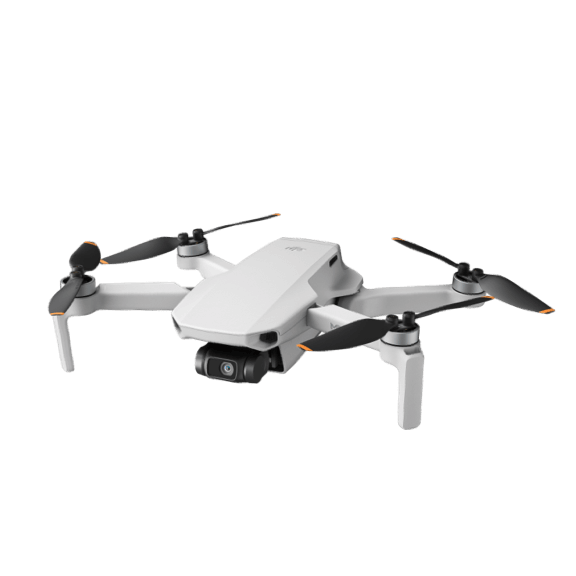

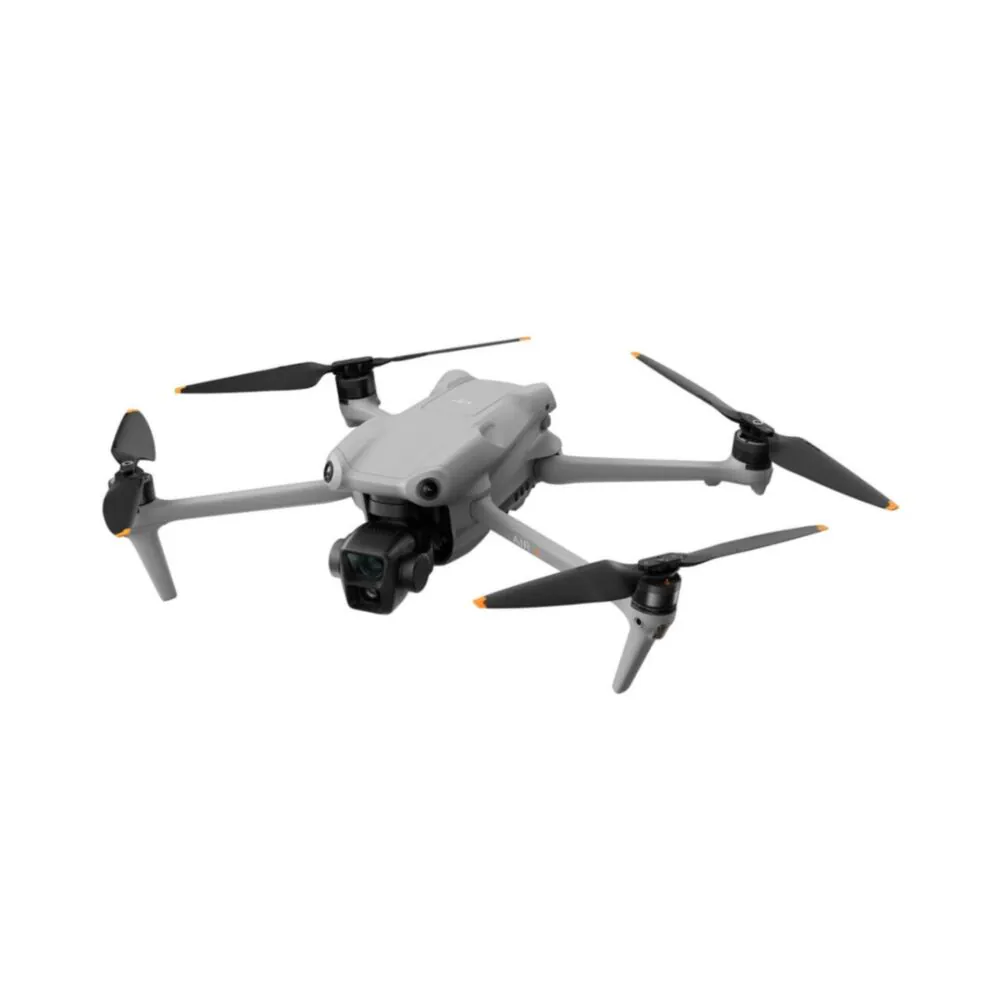

 DJI Mini 2 SE
DJI Mini 2 SE DJI Mini 4 Pro
DJI Mini 4 Pro DJI Air 3
DJI Air 3 DJI Mavic 3 Pro
DJI Mavic 3 Pro

